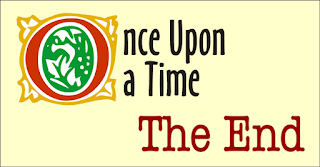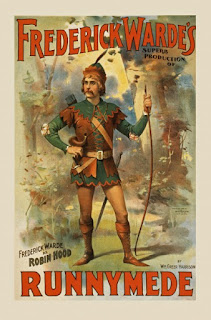Story Lab: TVTropes

Here are my favorite idea after exploring TVTropes . After exploring the TVTropes resource, I found that it held many ideas and themes that could help a storyteller get started writing. I enjoyed reading the history of certain themes that many common stories come from. This source would be very helpful if I was to write an original story and needed inspiration as to what theme to choose. Story: Wikipedia





